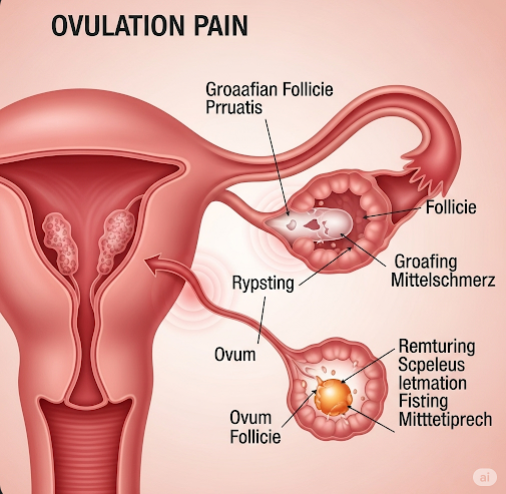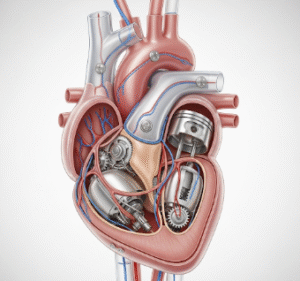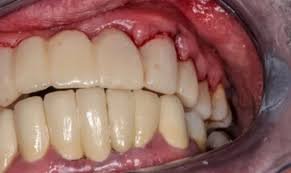Overview
Ovulation pain, also known as mittelschmerz, is a common experience among women during their menstrual cycle. It refers to mild to moderate pelvic or abdominal pain that occurs around the time of ovulation, usually midway between menstrual periods. In Korea, gynecologists provide thorough evaluation and treatment options for women experiencing ovulation pain to ensure comfort and rule out other conditions.
What is Ovulation Pain?
Ovulation pain is the discomfort or cramping some women feel when an ovary releases an egg. It typically occurs about 10 to 14 days before the start of the next menstrual period. This pain is caused by the follicle rupturing and releasing the egg, as well as possible irritation from fluid or blood released during ovulation.
Symptoms
Symptoms of ovulation pain may include:
- Sharp or dull pain on one side of the lower abdomen
- Mild to moderate cramping that lasts from a few minutes to a few hours
- Spotting or light vaginal bleeding in some cases
- Changes in cervical mucus consistency
- Occasional nausea or bloating
Causes
Ovulation pain occurs due to:
- The rupture of the follicle releasing the egg from the ovary
- Irritation of the abdominal lining caused by follicular fluid or minor bleeding
- Muscle contractions in the fallopian tubes and surrounding areas
Risk Factors
While ovulation pain can affect many women, risk factors include:
- History of pelvic inflammatory disease or endometriosis
- Ovarian cysts or other gynecological conditions
- Hormonal imbalances affecting ovulation
- Irregular menstrual cycles
Complications
Ovulation pain is generally harmless, but severe or persistent pain may indicate:
- Ovarian cyst rupture
- Ectopic pregnancy
- Pelvic inflammatory disease
- Other gynecological disorders requiring medical evaluation
Prevention
Since ovulation pain is a natural process, prevention is not always possible. However, strategies to reduce discomfort include:
- Maintaining a healthy lifestyle and balanced diet
- Managing stress and hormonal balance
- Using pain relief methods during ovulation periods
Treatment Options in Korea
Treatment options for ovulation pain in Korea include:
- Over-the-counter pain relievers such as NSAIDs to reduce discomfort
- Hormonal contraceptives to regulate or suppress ovulation in severe cases
- Lifestyle modifications including stress management and exercise
- Medical evaluation to exclude other causes if pain is severe or persistent
- Specialized gynecological care: Korean clinics provide advanced diagnostic imaging and treatment for underlying conditions
Korean healthcare providers emphasize personalized care to ensure effective symptom management and overall reproductive health.













